Reasons For Sewage Treatment (pdf) Effect Of Domestic On Water Quality
Hey there, my friend! Today I wanted to talk to you about a topic that doesn't always come up in our conversations: sewer systems. I know, it may sound unusual, but believe me, it's worth discussing. Recently, I came across some interesting information about the rising problem of hydrogen sulfide (H2S) in sewer systems, and I thought it would be great to share it with you. So, buckle up and let's dive into the world of sewer systems!
1. Hydrogen Sulfide (H2S) - A Rising Problem
First things first, you might be wondering what exactly hydrogen sulfide is and why it's becoming a rising problem in sewer systems. Well, hydrogen sulfide is a colorless, highly toxic gas that typically has a strong "rotten egg" smell.
In sewer systems, various factors contribute to the formation of hydrogen sulfide. One of the main culprits is the anaerobic decomposition of organic matter, which occurs when wastewater comes into contact with bacteria present in sewer pipes. This decomposition process releases hydrogen sulfide gas. Other sources of hydrogen sulfide in the sewers include industrial wastewater, chemicals used for cleaning, and even rainfall.
So, why is this rising problem a cause for concern? Let me tell you about three important reasons:
1.1 Corrosion of Sewer Infrastructure
Hydrogen sulfide is highly corrosive, and when it combines with moisture, it forms sulfuric acid. This acid attacks the infrastructure of sewer systems, including pipes, manholes, and pumping stations. Over time, this corrosion weakens the structures and can lead to costly repairs or even failure if left unaddressed. Not only can this jeopardize the proper functioning of the sewer systems, but it can also pose a risk to public safety.
To mitigate the corrosion caused by hydrogen sulfide, maintenance and protective measures need to be taken. These may involve using corrosion-resistant materials in sewer infrastructure, applying protective coatings on the surfaces, or implementing regular cleaning and inspection protocols.
1.2 Odor Issues and Public Nuisance
As mentioned earlier, hydrogen sulfide has that unpleasant "rotten egg" smell. When the levels of hydrogen sulfide gas increase in the sewers, it can result in foul odors permeating the air in the surrounding areas. This can be a significant public nuisance, affecting not only the quality of life for nearby residents but also local businesses and tourism.
Efforts are being made to mitigate odor issues caused by hydrogen sulfide. One approach involves the use of chemical additives that neutralize or reduce the formation of hydrogen sulfide gas. Additionally, advanced ventilation systems are being implemented in sewer networks to control and minimize the release of foul odors into the environment.
1.3 Health Risks for Sewer Workers and Public
Hydrogen sulfide is not only pungent but also highly toxic. Exposure to high concentrations of this gas can pose serious health risks to sewer workers who regularly deal with maintenance and repairs in the sewer systems. It can cause irritation to the respiratory system, leading to coughing, shortness of breath, and in extreme cases, even respiratory failure.
Furthermore, hydrogen sulfide is known to have an impact on public health as well. When released into the environment, it can mix with other pollutants and contribute to the formation of smog or air pollution, which can negatively affect air quality and respiratory conditions among the general population.
For the protection of workers and the general public, various safety measures are in place. These include the use of personal protective equipment (PPE), proper training on handling hazardous gases, and the implementation of monitoring systems to detect and control hydrogen sulfide levels in the sewers.
2. Importance of Drinking Water and Sewage Treatment
Now that we've explored the rising problem of hydrogen sulfide in sewer systems, let's shift our focus to something closely related: drinking water and sewage treatment. It's essential to understand the significance of properly treating these resources to ensure the well-being of individuals and communities.
2.1 Drinking Water Treatment
Drinking water treatment processes aim to remove contaminants from water sources, making it safe for consumption. When it comes to public water supplies, stringent regulations and treatment protocols are in place to ensure the provision of clean and safe drinking water.
The treatment of drinking water typically involves several steps, including:
- Coagulation and Flocculation: Chemicals are added to water to help bind together impurities, forming larger particles called flocs.
- Sedimentation: The flocs settle down due to gravity and are separated from the water.
- Filtration: Water passes through filters, such as sand or activated carbon, to remove any remaining smaller particles and impurities.
- Disinfection: Chlorine or other disinfectants are added to kill any remaining bacteria, viruses, or parasites that may be present in the water.
- Storage and Distribution: Treated water is stored and then distributed through a network of pipes to consumers.
It's crucial for water treatment plants to continuously monitor and test the quality of the treated water to ensure it meets the required standards. Regular maintenance and periodic upgrades of the treatment facilities are also necessary to adapt to changing regulations and new advances in technology.
Remember, clean drinking water is vital for our health and well-being. It plays a fundamental role in preventing waterborne diseases and maintaining a healthy lifestyle.
2.2 Sewage Treatment
In parallel to drinking water treatment, sewage treatment plays a crucial role in maintaining environmental health and sustainability. Proper sewage treatment ensures the safe disposal of wastewater and helps protect the quality of our natural water bodies, reducing the impact on ecosystems.
The sewage treatment process involves a series of steps:
- Preliminary Treatment: Large debris, such as sticks and stones, is removed from the wastewater through screening mechanisms.
- Primary Treatment: Wastewater flows into settling tanks where solids and organic matter settle at the bottom as sludge, while fats and oils float to the surface as scum. This is known as primary clarification.
- Secondary Treatment: In this step, biological processes take place to further break down the organic matter suspended in the wastewater. Microorganisms (either naturally present or artificially added) consume the organic pollutants, converting them into biomass, carbon dioxide, and water.
- Tertiary Treatment: This additional treatment step removes any remaining solids, nutrients, or pathogens that may still be present in the water. Technologies such as filtration, disinfection, or advanced oxidation processes can be employed to accomplish this.
- Sludge Treatment and Disposal: The sludge generated during the treatment processes undergoes further treatment and can be recycled or disposed of safely in compliance with environmental regulations.
By treating the sewage effectively, we can prevent the contamination of natural water bodies, safeguard public health, and even recover valuable resources from the wastewater, such as biogas or fertilizers.
Conclusion
And there you have it, my friend! We've covered quite a lot in our conversation today. We explored the rising problem of hydrogen sulfide in sewer systems, discussing its effects on infrastructure corrosion, odor issues, and health risks. Additionally, we highlighted the importance of treating drinking water and sewage properly to ensure the well-being of individuals and environmental sustainability.
Although sewer systems may not be the most glamorous topic, understanding the underlying challenges and the significance of proper treatment is crucial for creating healthier and safer communities. By taking measures to address hydrogen sulfide and investing in water and sewage treatment, we can work towards a cleaner environment and a better quality of life for everyone.
Thanks for joining me in this conversation, my friend. Until next time!
If you are searching about 3 Main Steps Involved in the Treatment of Sewage – Fiedutech Blogs you've visit to the right place. We have 35 Pics about 3 Main Steps Involved in the Treatment of Sewage – Fiedutech Blogs like The Top 3 Reasons Sewage Treatment Plants Fail - WCI Water & Wastewater Engineers, Know about Sewage Treatment Plant and also Sewage Treatment Plants: Working, Maintenance And Importance - Rub bbq Company. Here you go:
3 Main Steps Involved In The Treatment Of Sewage – Fiedutech Blogs
 fiedutech.wordpress.com
fiedutech.wordpress.com sewage involved
Final Effluent
water treated effluent raw
Reasons For High Demand Of Sewage Treatment Plant In Industrial Sector
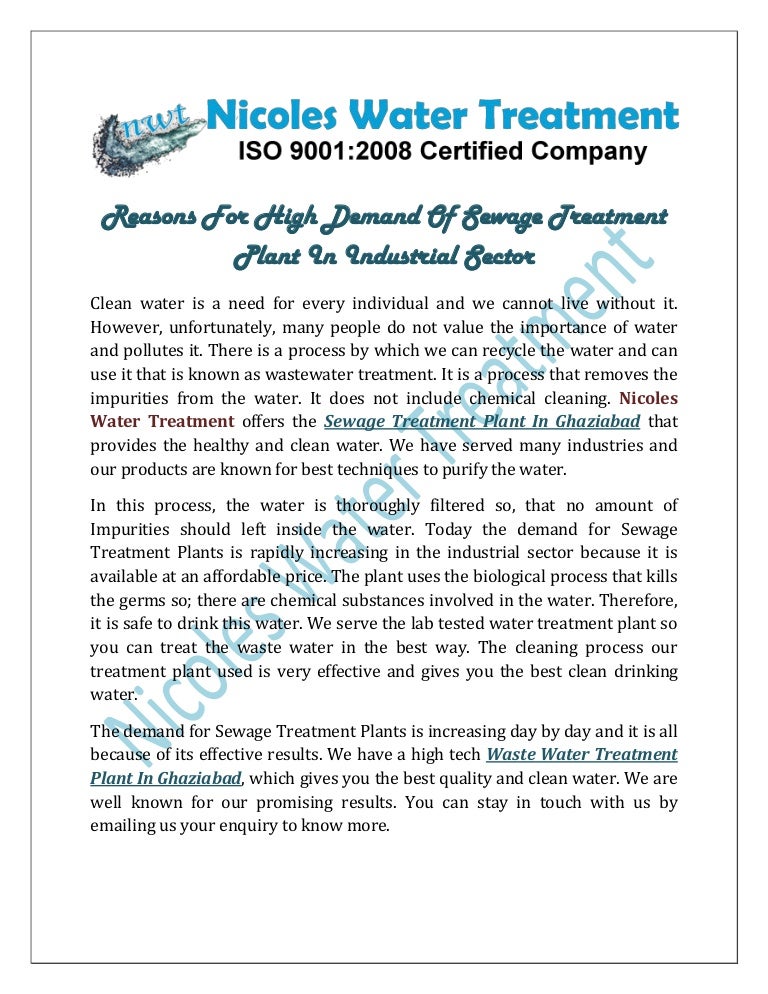 www.slideshare.net
www.slideshare.net sewage
How Dangerous Is Sewage Cleanup?
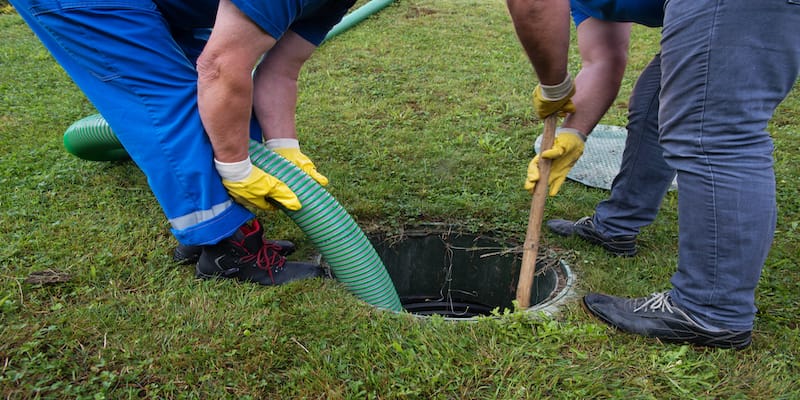 hydraklean.com
hydraklean.com sewage cleanup
Sewage Treatment Plants: Working, Maintenance And Importance - Rub Bbq Company
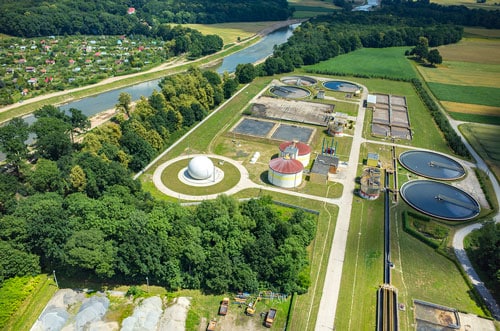 www.rubbbqcompany.com
www.rubbbqcompany.com sewage aguas residuales depuradora nanopartikel wastewater importance eigenschaften synthetischer wonderware
3 Reasons Why H2S Is A Rising Problem In Sewer Systems - Insights By SulfiLogger™
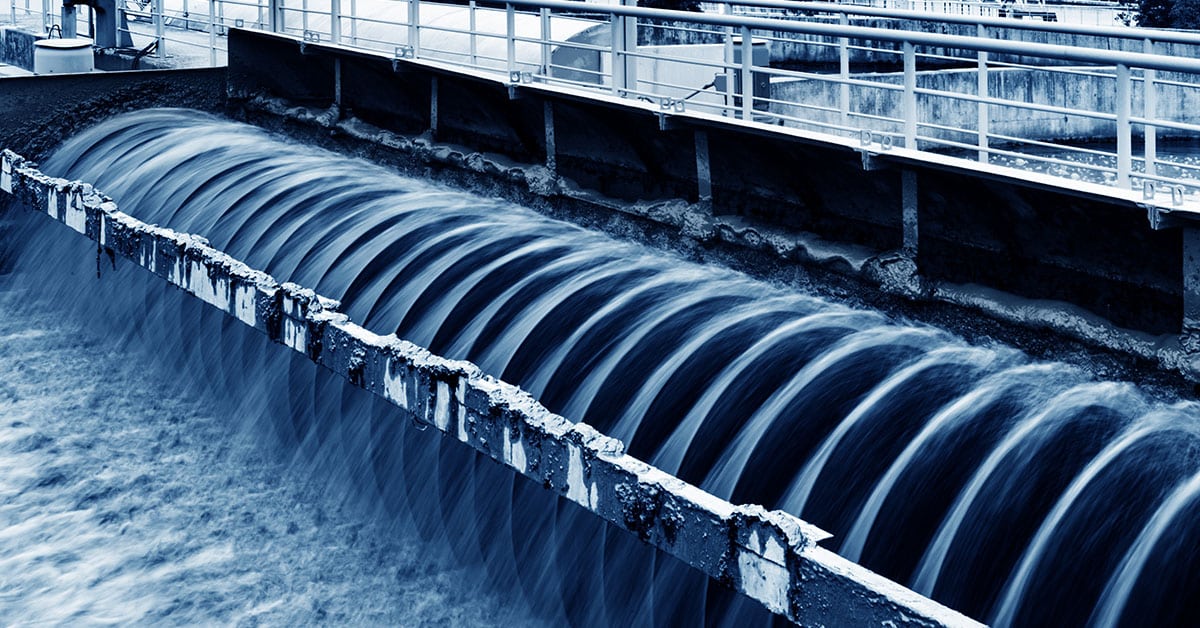 sulfilogger.com
sulfilogger.com sewer h2s insights
PPT - All You Need To Know About Wastewater Treatment System PowerPoint Presentation - ID:1528143
 www.slideserve.com
www.slideserve.com treatment wastewater sewage
Sewage Water Treatment
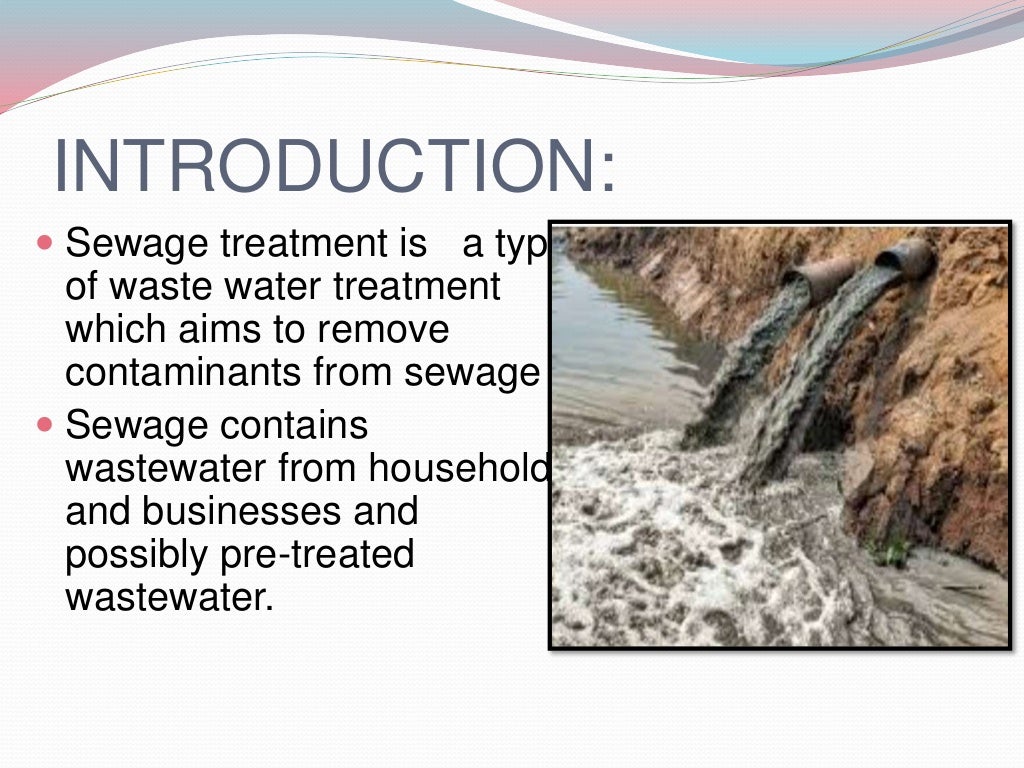 www.slideshare.net
www.slideshare.net sewage
Sewage Treatment Rockhampton Regional Council
 www.rockhamptonregion.qld.gov.au
www.rockhamptonregion.qld.gov.au treatment sewage sewerage
Sewage Treatment - Assignment Point
 www.assignmentpoint.com
www.assignmentpoint.com sewage assignment
Top 5 Health, Environmental Reasons To Opt For Sewage Water Treatment
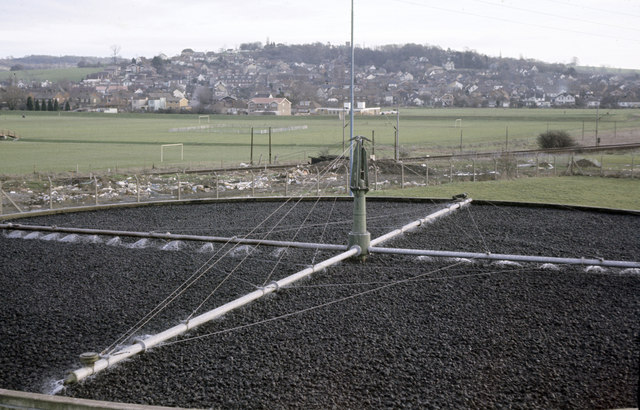 www.cleantechwater.co.in
www.cleantechwater.co.in treatment sewage filter plant water bed benfleet power sludge biodiesel geograph south poo researchers korean clean create opt environmental reasons
PPT - Chapter 21 PowerPoint Presentation, Free Download - ID:6828566
 www.slideserve.com
www.slideserve.com sewage pollution
3 Tips For Fixing A Sewage Backup 🥇 Plumbing In Hamilton, NJ
 alliedexperts.com
alliedexperts.com Know About Sewage Treatment Plant
 www.moglix.com
www.moglix.com sewage treatment
Sewage Treatment
 www.slideshare.net
www.slideshare.net sewage treatment slideshare
Overview Of Drinking Water And Sewage Treatment - YouTube
 www.youtube.com
www.youtube.com WWT Information | Halifax.ca
treatment process wastewater diagram sewage primary detail halifax ca wwt facilities larger important
Why Is It Important To Treat The Sewage | Sewage Treatment, Sewage Treatment Plant, Water Treatment
 www.pinterest.com
www.pinterest.com treatment sewage
Water Treatment Online Tour
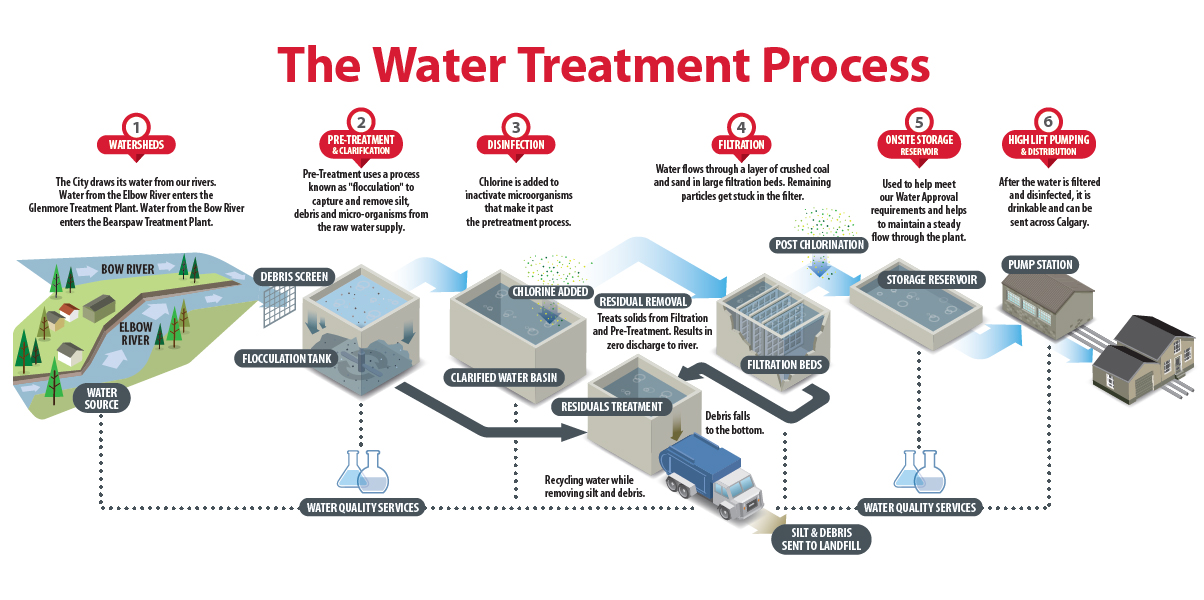 www.calgary.ca
www.calgary.ca treatment water process plant wastewater dam systems bearspaw tour calgary watersheds three
10 Reasons Why You Should Be Testing Your Sewage Water | Martek Marine
 www.martek-marine.com
www.martek-marine.com sewage martek
Performance Magazine | KPI Of The Day - % Sewage Treatment Capacity Sufficiency
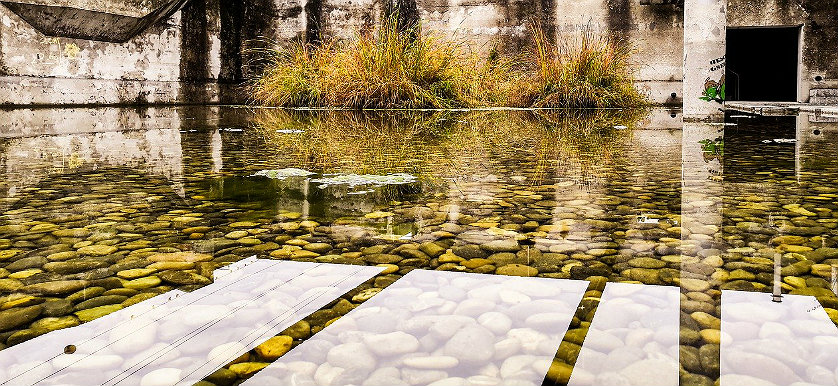 www.performancemagazine.org
www.performancemagazine.org sewage kpi
What Are The Benefits Of Sewage Treatment? | Bates Environmental
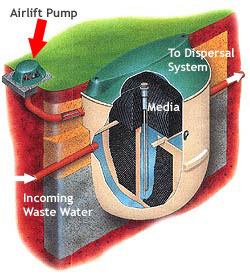 mail.batesenvironmental.co.uk
mail.batesenvironmental.co.uk sewage treatment benefits plant
How The Clean Water Act Fixed The Delaware River’s Pollution Problem - WHYY
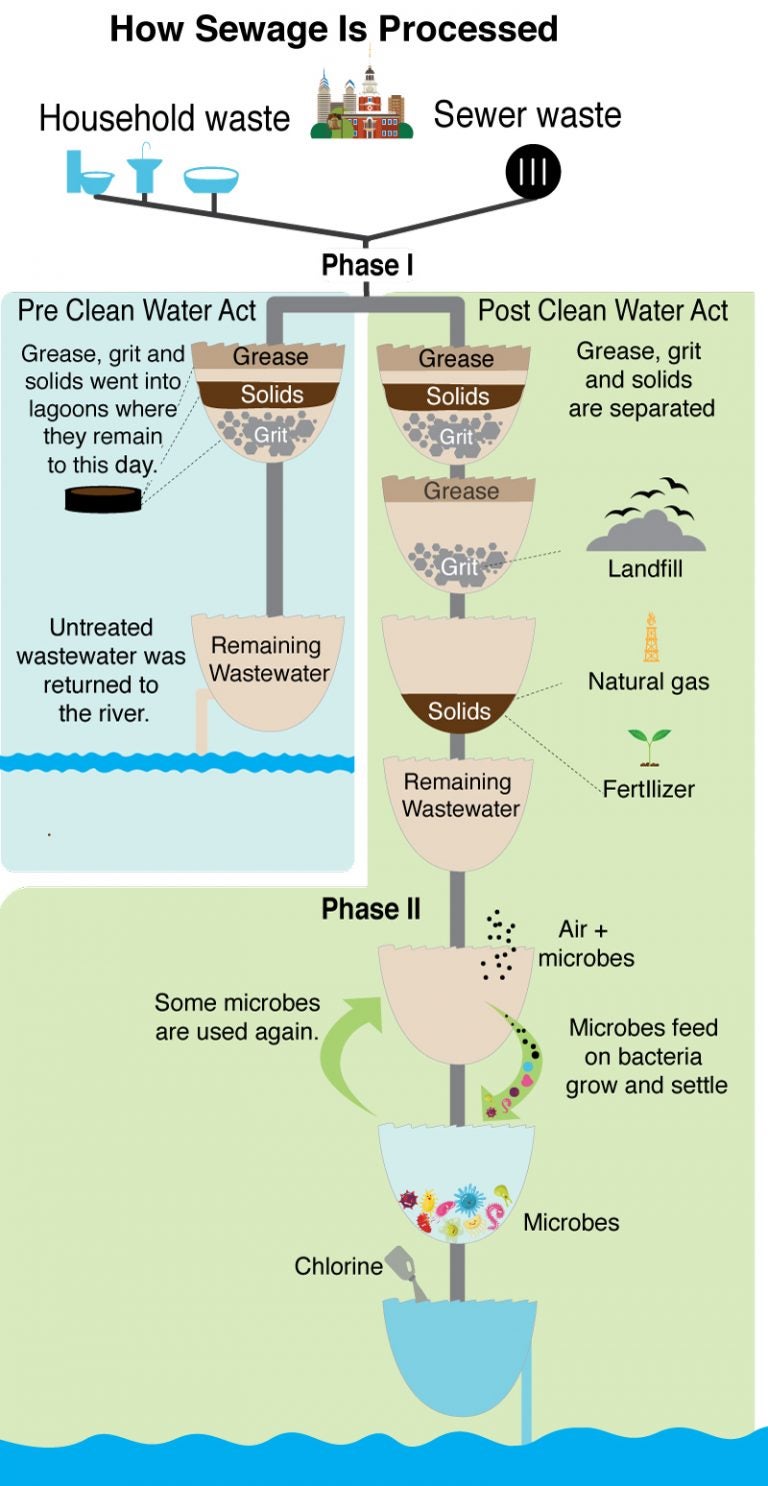 whyy.org
whyy.org sewage pollution whyy
Sewage Treatment | River Thame Trust
 riverthame.org
riverthame.org sewage treatment water process thames credit quality
Delhi's Sewage
 www.downtoearth.org.in
www.downtoearth.org.in sewage treatment delhi
Sewage System Introduction Sewage Is The Mixture Of Water And Whatever Wastes That Contains Some
 www.pinterest.com
www.pinterest.com sewage treatment system water plant domestic pump waste slideshare mixture introduction choose board
Sewage Treatment Plant Installation Servicing And Repairs Worcestershire - P And H Environmental
sewage treatment works
Manufacturer Of Effluent & Sewage Treatment Plants From Kolkata By AADRIKA WATER ENGINEERING PVT
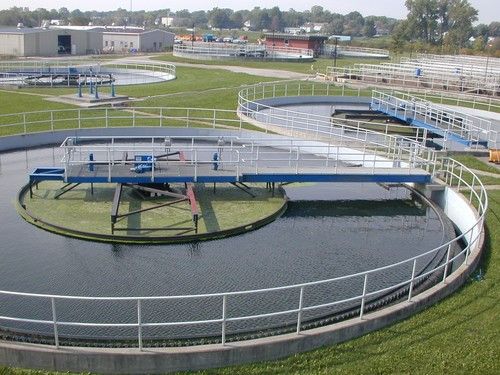 www.tradeindia.com
www.tradeindia.com sewage kolkata effluent proficient
All The Reasons Flush Toilets Are Actually The Gross Ones And Why I Love My Compost Toilet
 minimotives.com
minimotives.com treatment sewage effluent toilet wastewater diagram usage works flush why water process industrial gross toilets compost reasons ones actually cooling
How Are Soybeans Serving As Cheaper Alternative For Water Purification?
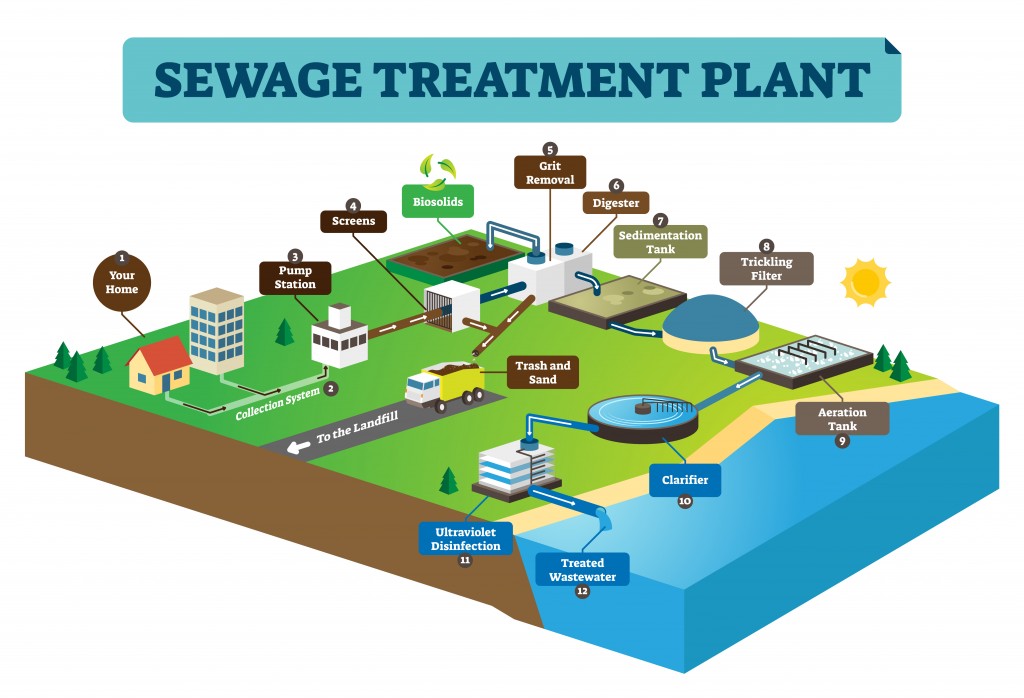 www.scienceabc.com
www.scienceabc.com sewage wastewater sewer acqua biomass soybeans sewerage purification sporca depurazione impianto quenching thirst scienceabc
The Top 3 Reasons Sewage Treatment Plants Fail - WCI Water & Wastewater Engineers
 www.wci.co.uk
www.wci.co.uk fail wci reasons sewage treatment
Benefits Offered By Sewage Treatment Plant
 www.slideshare.net
www.slideshare.net sewage treatment plant benefits offered slideshare
Drainage Services Department Sustainability Report 2018-19 - Our Core Responsibilities
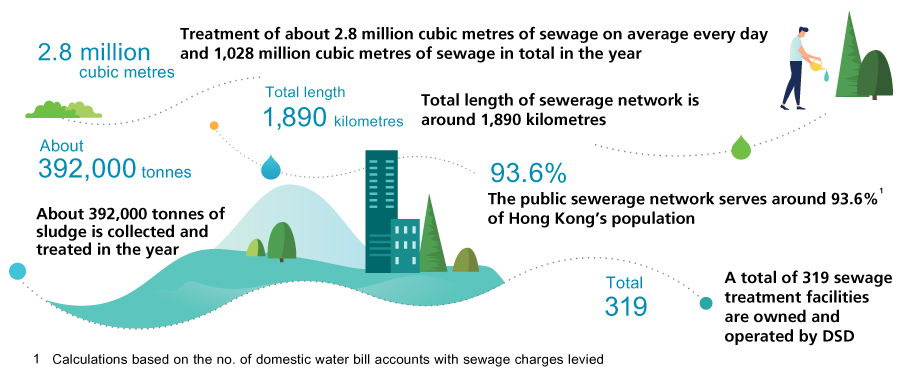 www.dsd.gov.hk
www.dsd.gov.hk sewage responsibilities sewerage
PPT - Importance Of Sewerage Water Treatment Plant PowerPoint Presentation - ID:10603860
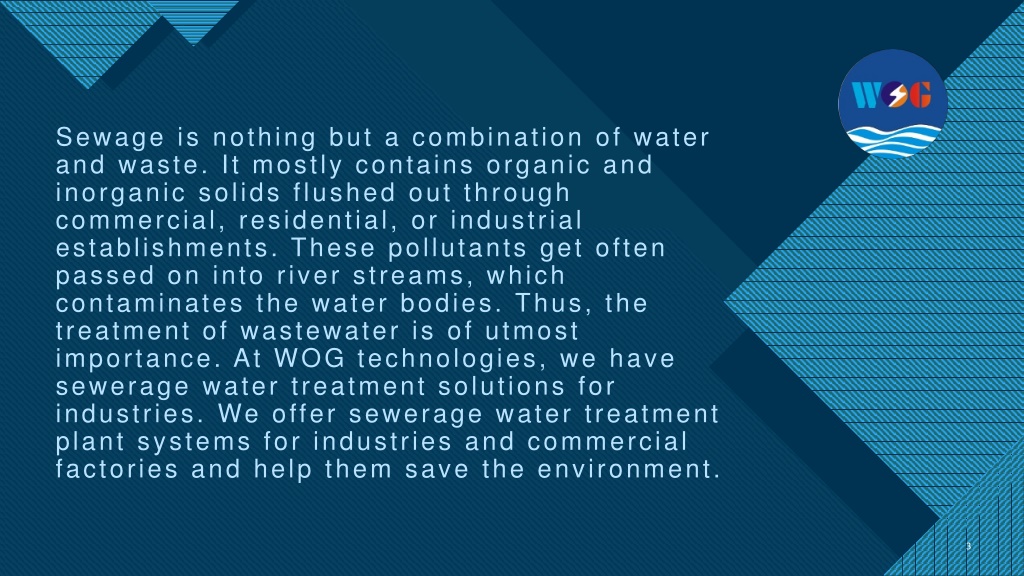 www.slideserve.com
www.slideserve.com sewerage
(PDF) Effect Of Domestic Sewage On Water Quality
 www.researchgate.net
www.researchgate.net sewage effect
Treatment wastewater sewage. Overview of drinking water and sewage treatment. Water treatment online tour
Post a Comment for "Reasons For Sewage Treatment (pdf) Effect Of Domestic On Water Quality"